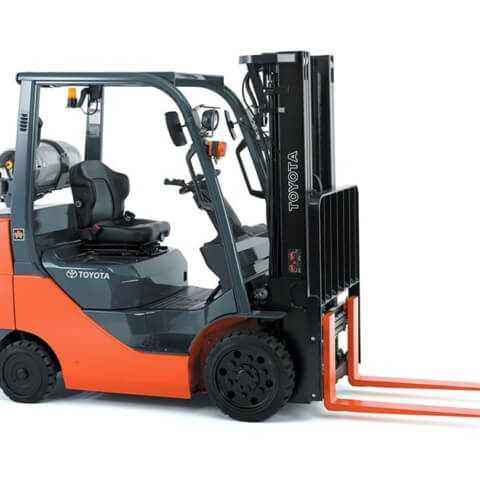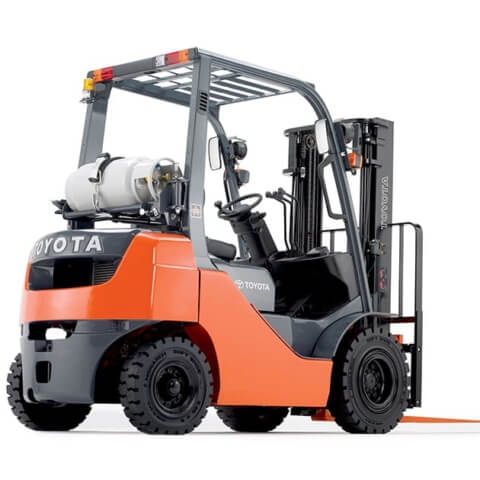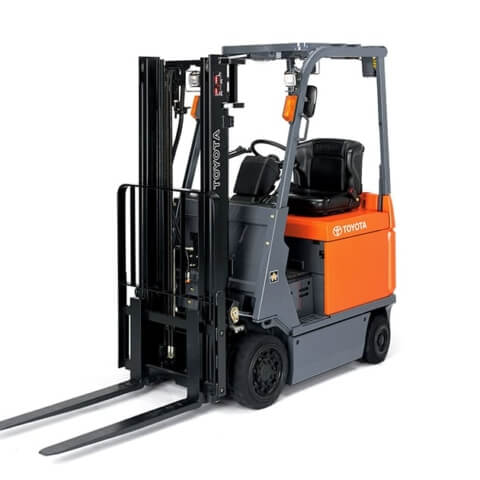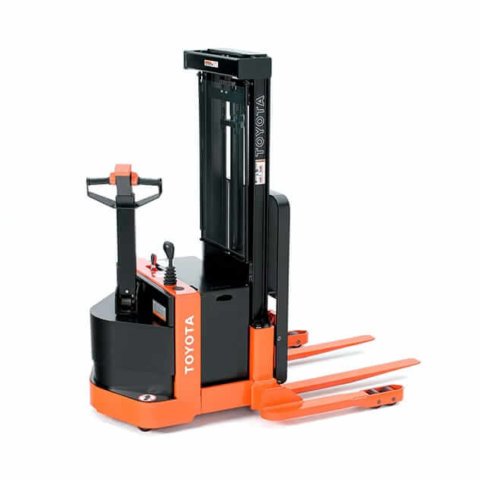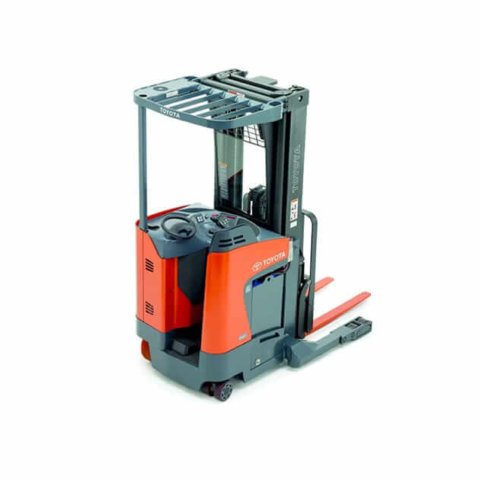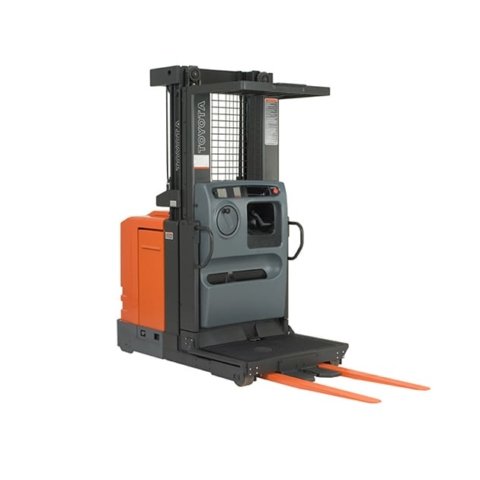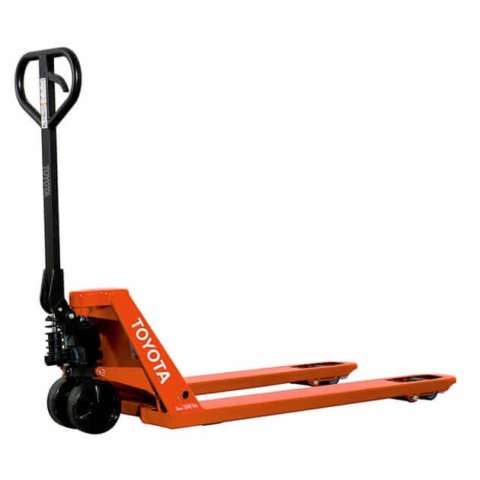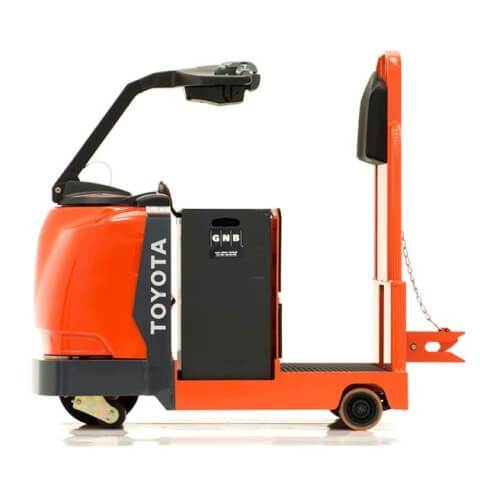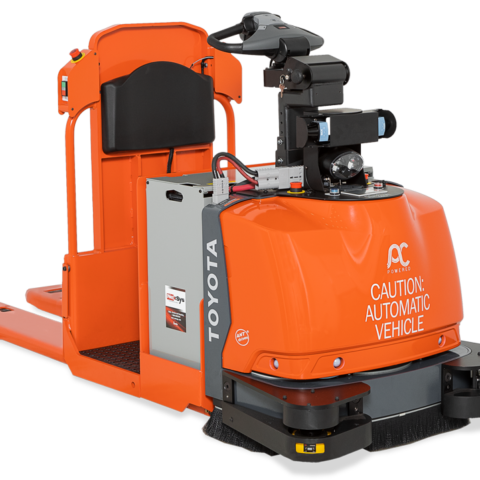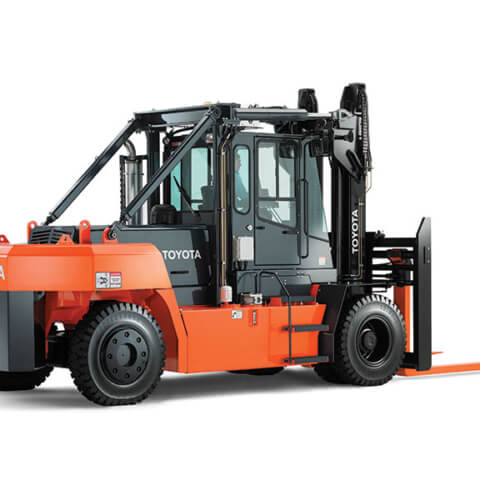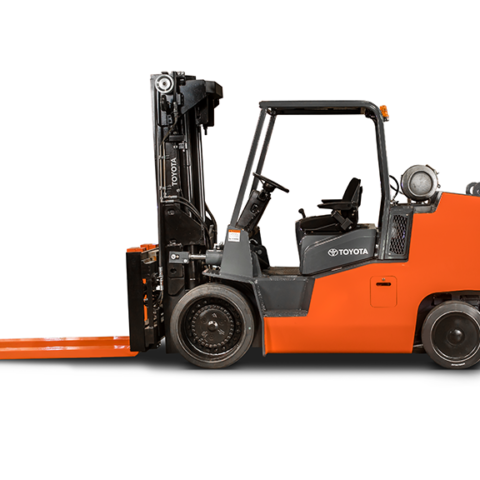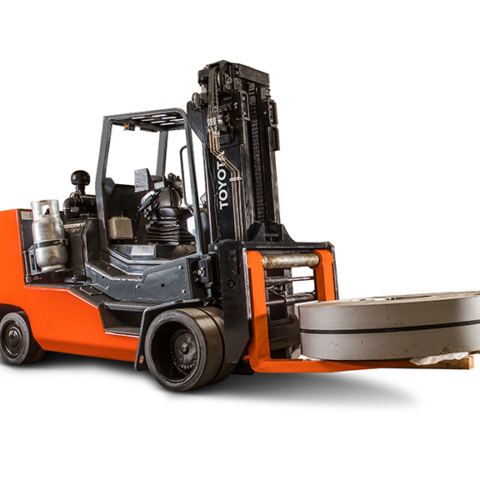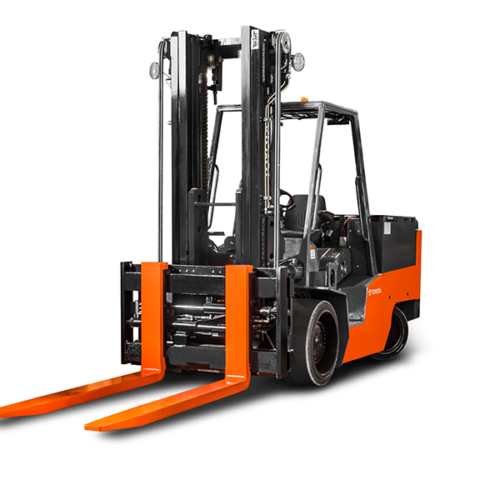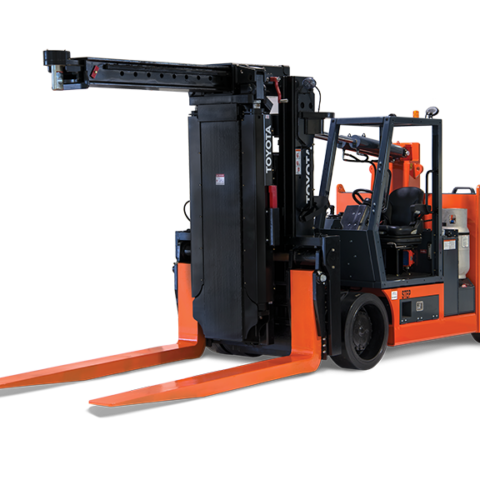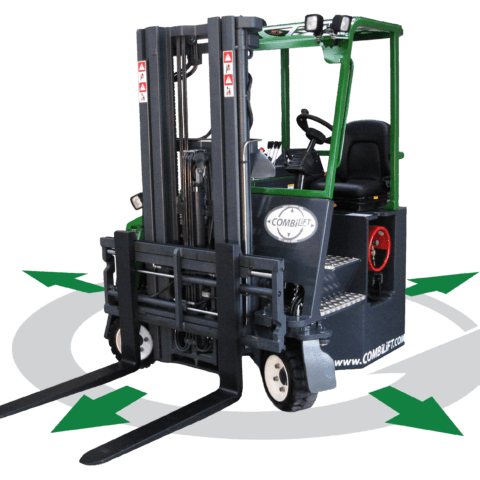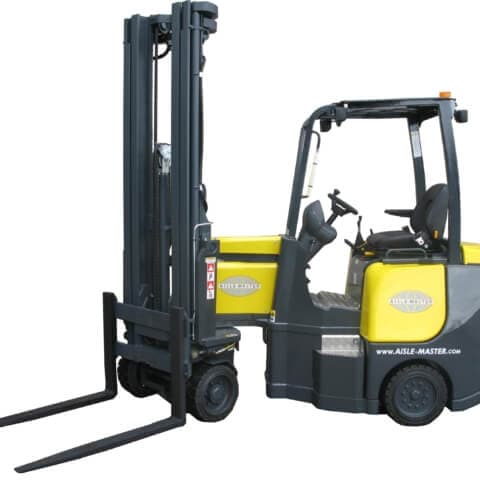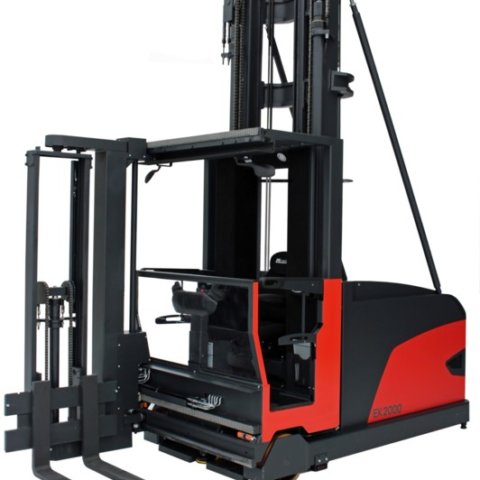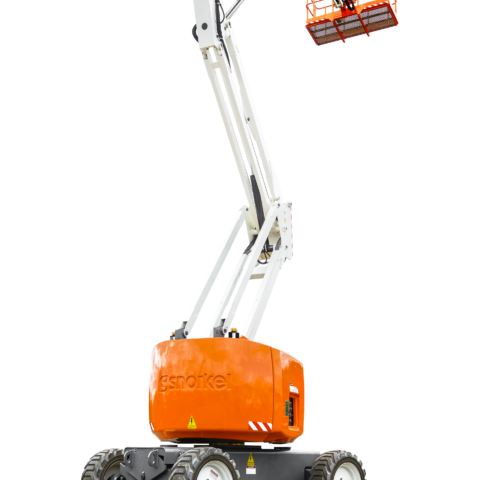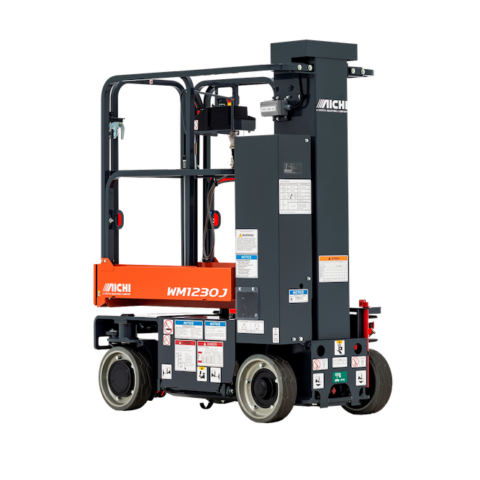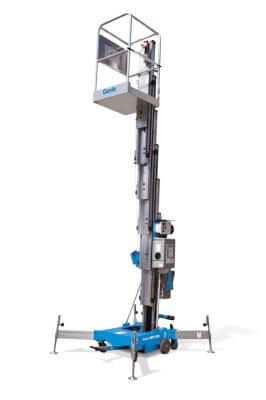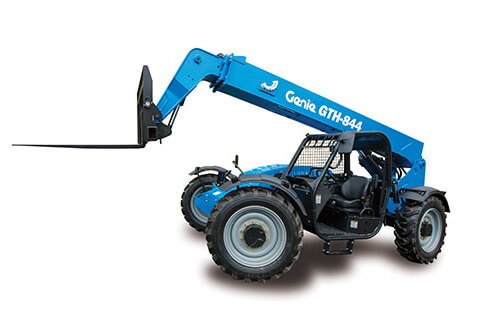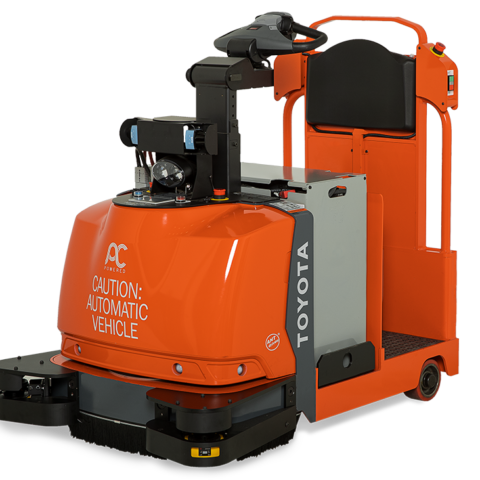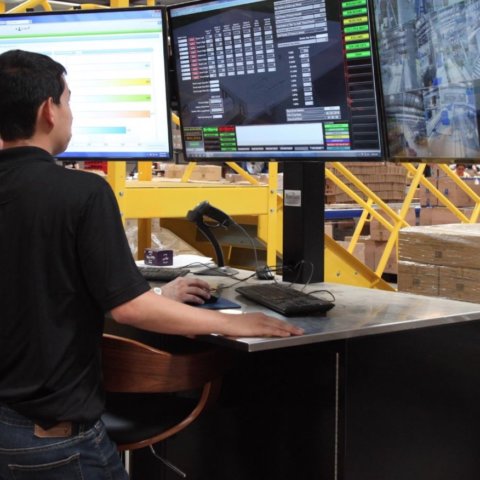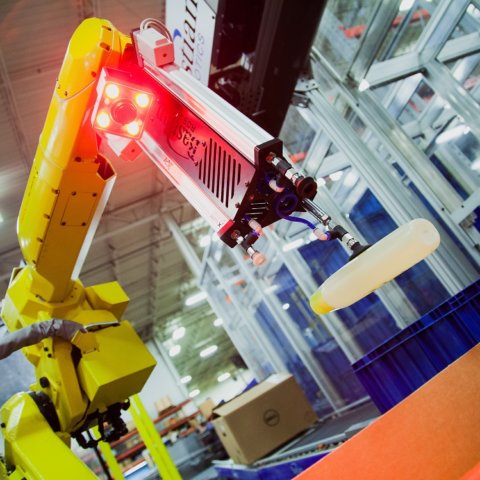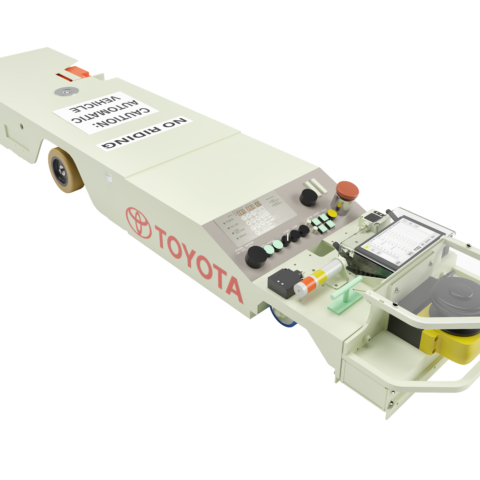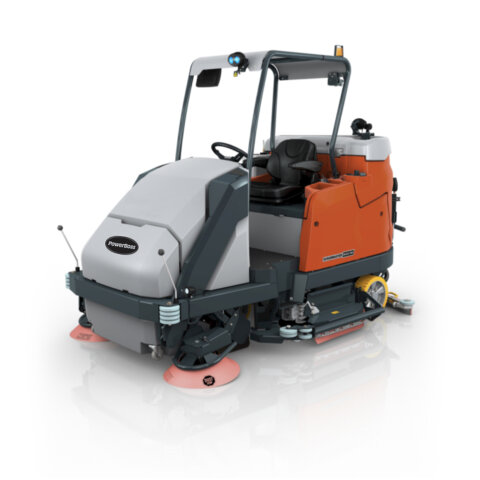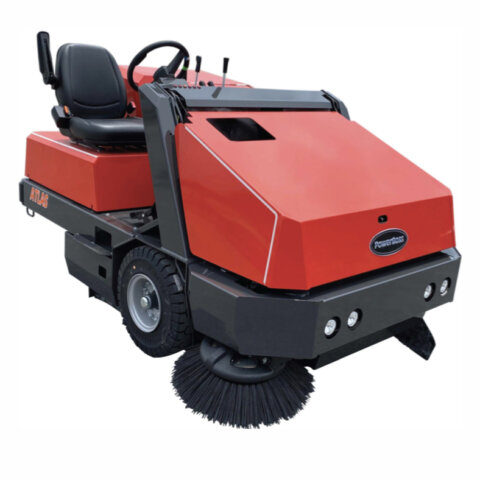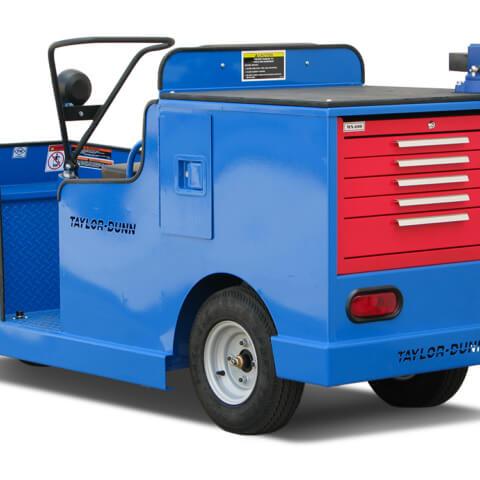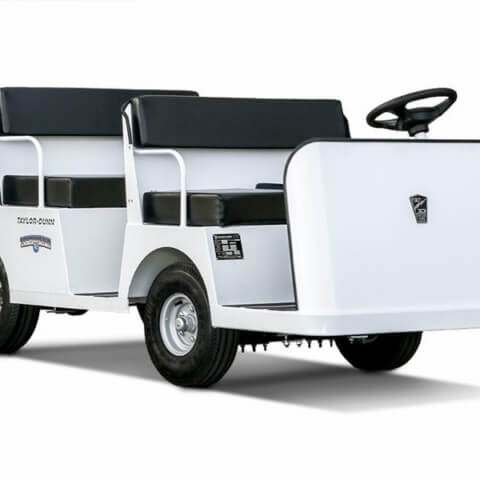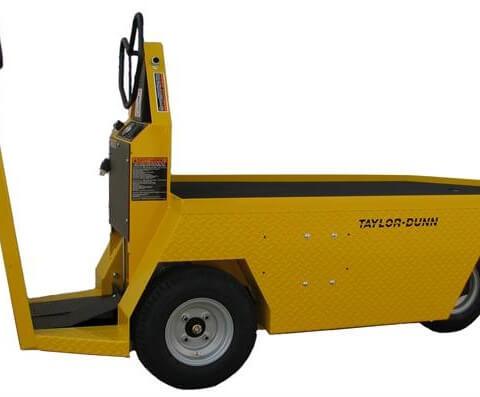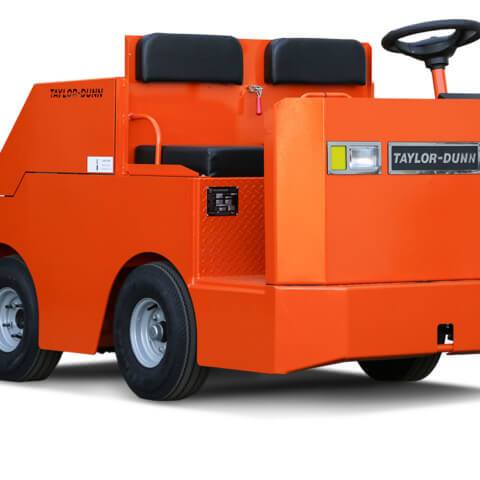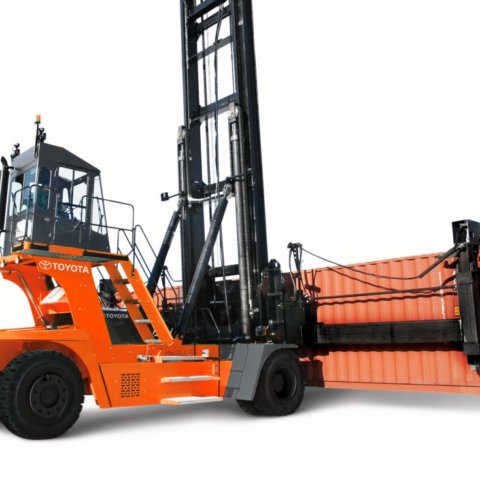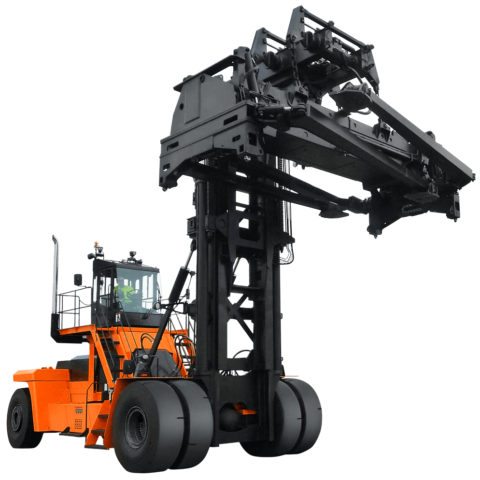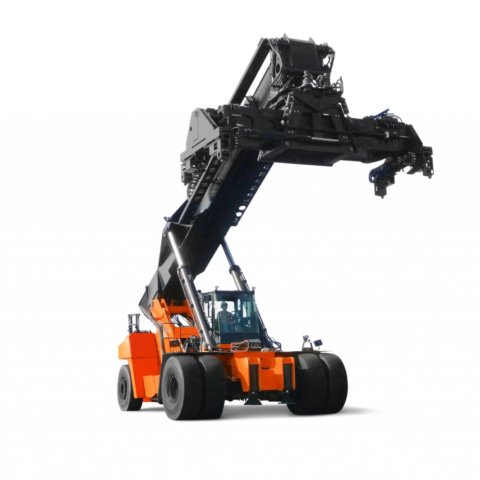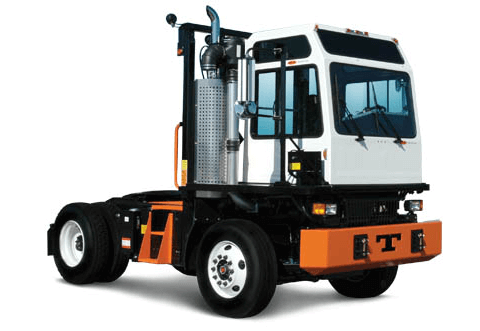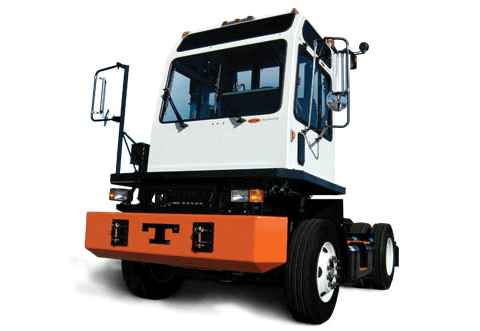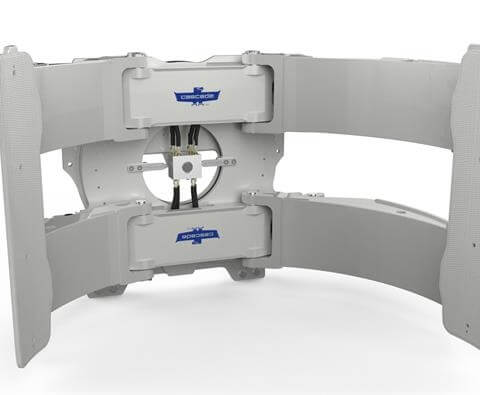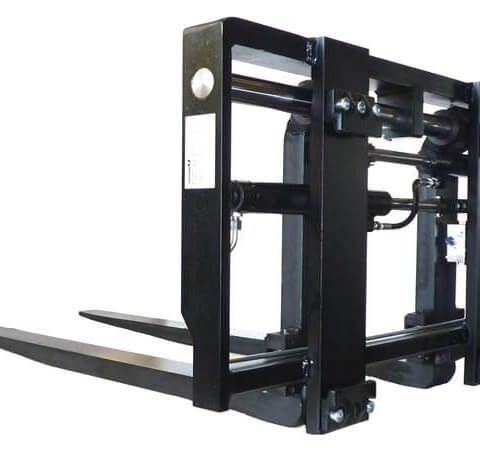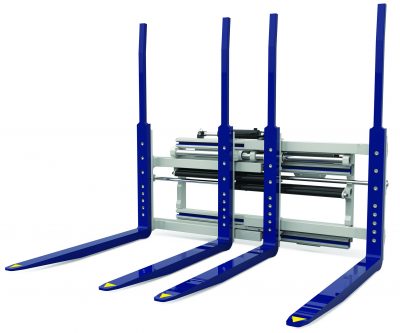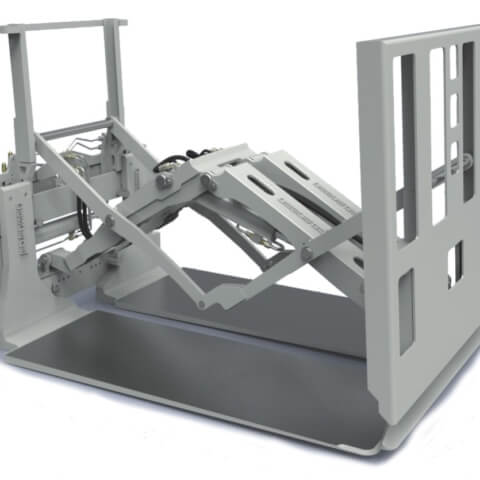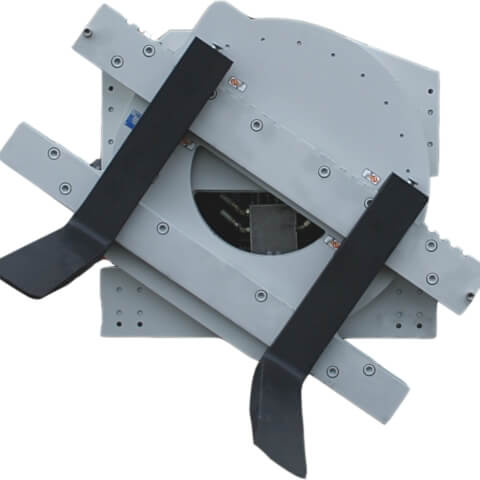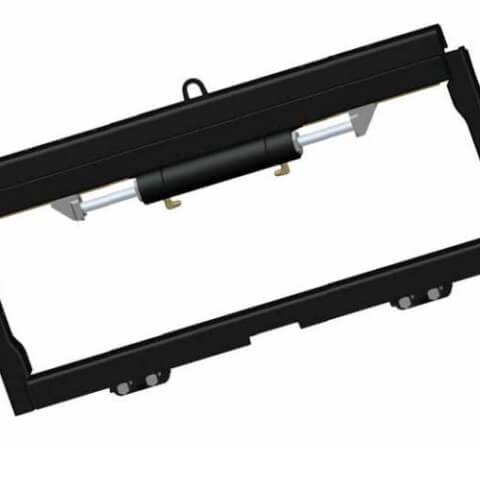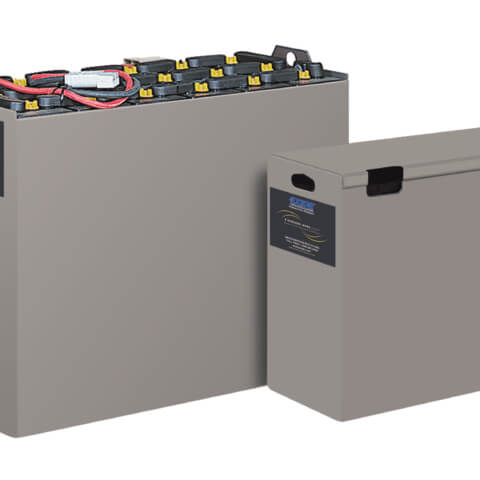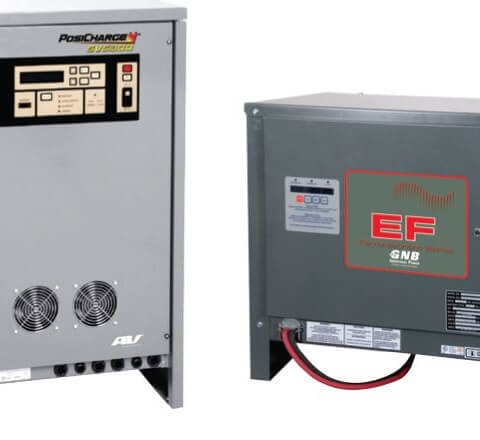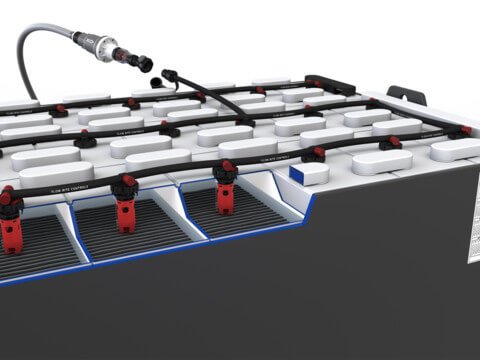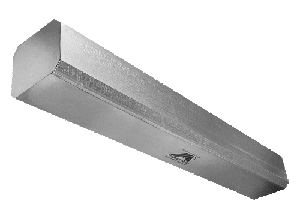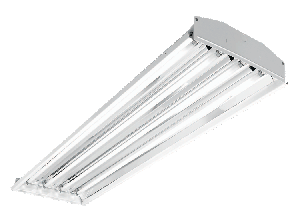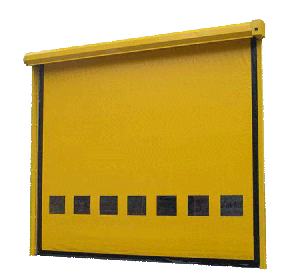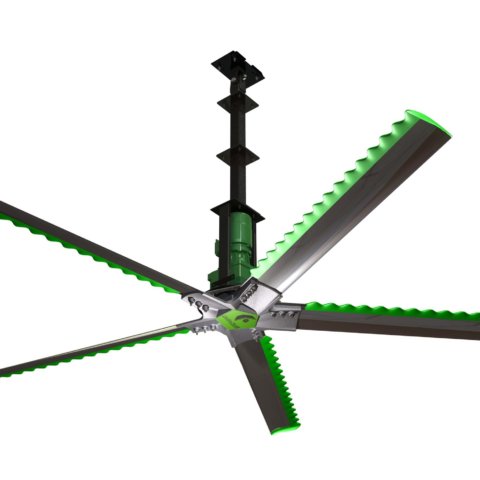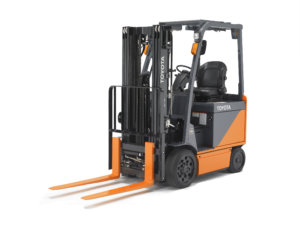
Have your operators been trained on forklift plugging, its benefits and when not to use it?
A forklift feature designed to decrease wear and tear on forklift brakes, forklift plugging gives operators the ability to change direction of a forklift with an accelerator pedal and directional selector. Forklift plugging is also referred to as regenerative braking, regen or switch-back.
Plugging on an Electric Forklift versus Engine Powered Forklift
Engine powered forklifts are not designed for forklift plugging and when used, the operator causes damage to the forklift’s clutch pack, tires, transmission and differential. On soft floor conditions, such as gravel, the forklift may also be vulnerable to sliding or shooting debris.
Operators using an engine powered forklift are trained to use the forklift brakes to slow down the unit before making a directional change. Conditioned to a slower, smoother movement, an operator that switches to an electric forklift designed for forklift plugging can be surprised by its aggressiveness. Operators should be educated that the use of the accelerator pedal alters how fast the directional change occurs and be given hands-on training to learn the movement caused by plugging.
Forklift Plugging by Manufacturer
Training your operators on forklift plugging can help to decrease product damage, especially if your product or loads are vulnerable to directional shifts. The forklift plugging design is offered by several forklift manufacturers, but aggressiveness can vary by makes and models. If your forklift fleet is mixed or recently changed brands, operators can benefit from hands-on training with all available forklifts.
ProLift is your material handling partner for Toyota electric forklifts. Ask us your question about forklift plugging, or explore the Toyota Forklift product line!

